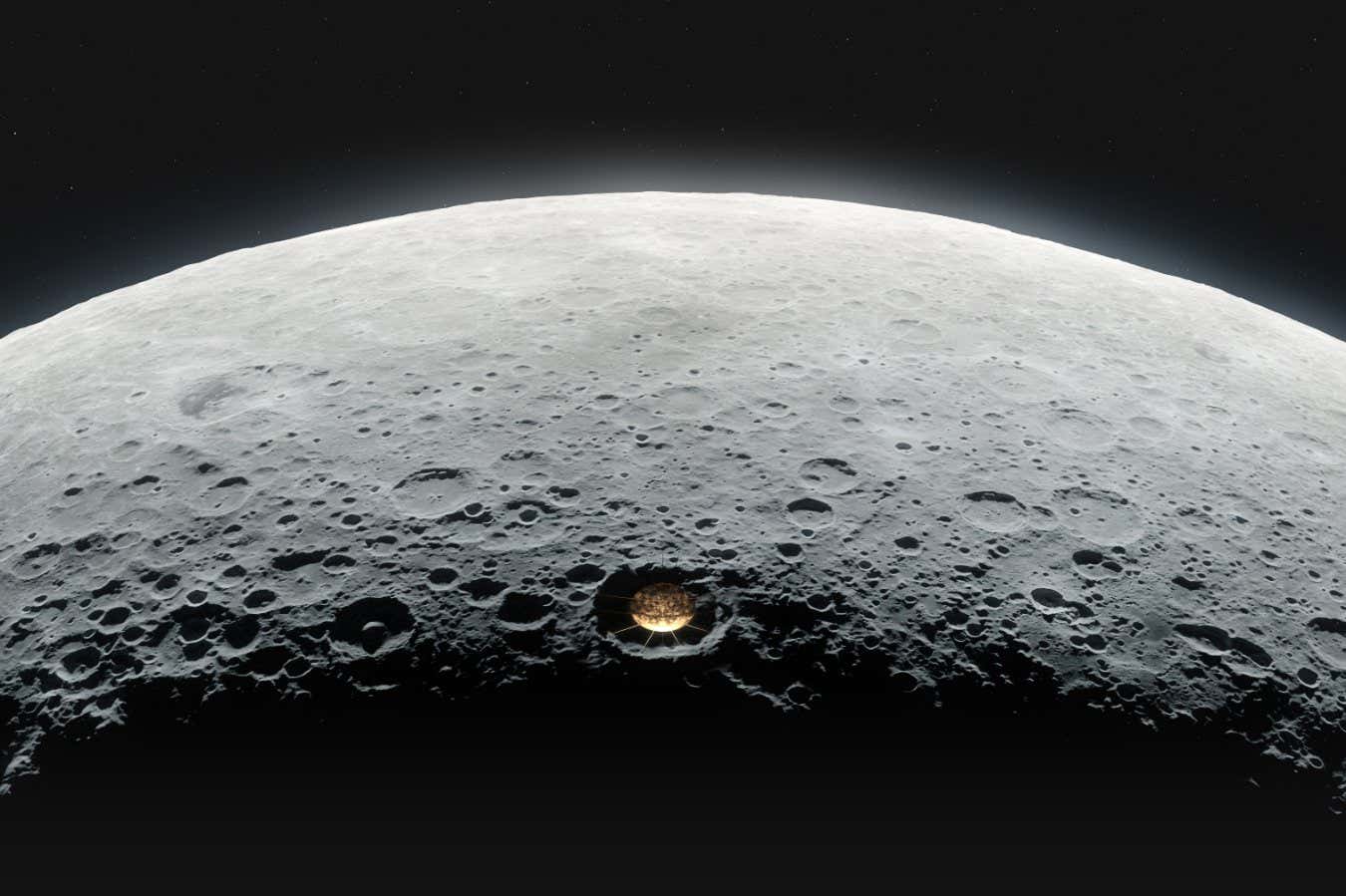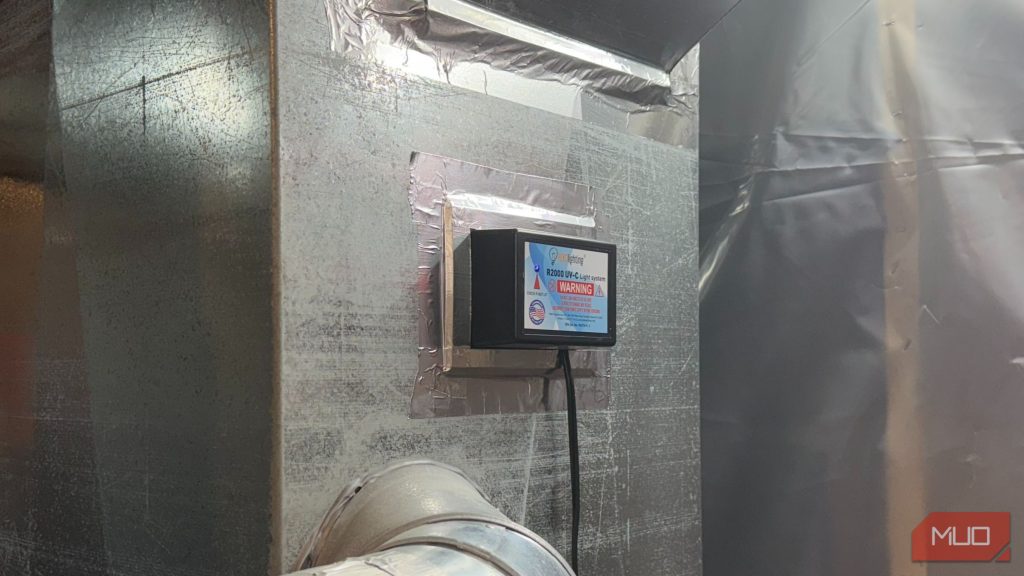Now Reading: Could a Lunar Telescope Unlock the Search for Alien Life?
1
-
01
Could a Lunar Telescope Unlock the Search for Alien Life?
Could a Lunar Telescope Unlock the Search for Alien Life?

Fast Summary
- A moon-based telescope, named “All-Seeing Eye,” became the largest and most powerful optical instrument by the 2070s.
- It consists of eight 100-meter-diameter telescopes spread across the lunar surface, with a combined effective aperture equivalent to the Moon’s size (~3000 km wide).
- The telescope allowed for advancements such as imaging features of exoplanets and observing distant cosmic phenomena like “first light” from early stars.
- The technology features liquid mirrors that are cheaper and easier to transport to space due to their suitability in low gravity.
- Developed using techniques adapted from very-long baseline interferometry (VLBI), which had earlier been applied for radio telescopes. This enabled collaboration between multiple telescopes for enhanced optical resolution.
- By 2025, scientists at Macquarie University laid foundational work toward making such systems possible.
- Named SAURON unofficially, it helped uncover Population III stars-giant, high-mass first-generation stars-with detailed observations dating back nearly 13 billion years.
- Structures observed on exoplanets Gliese 667Cc and planets in TRAPPIST‐1 implied signs of advanced alien civilizations.
Stay Informed With the Latest & Most Important News
Previous Post
Next Post
Loading Next Post...




























